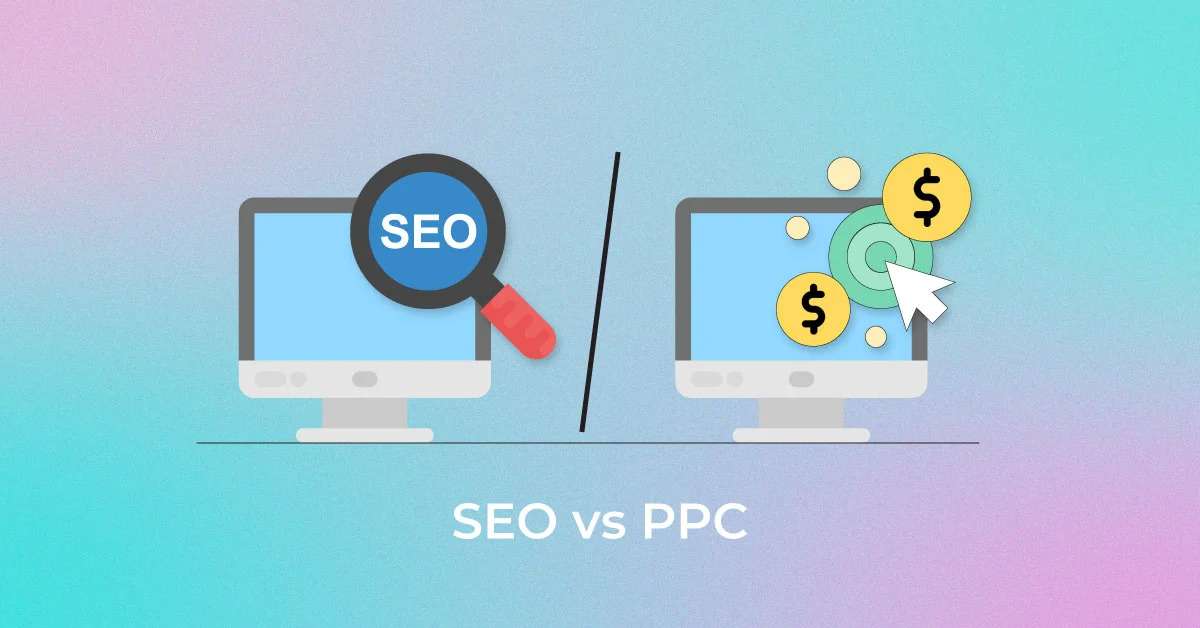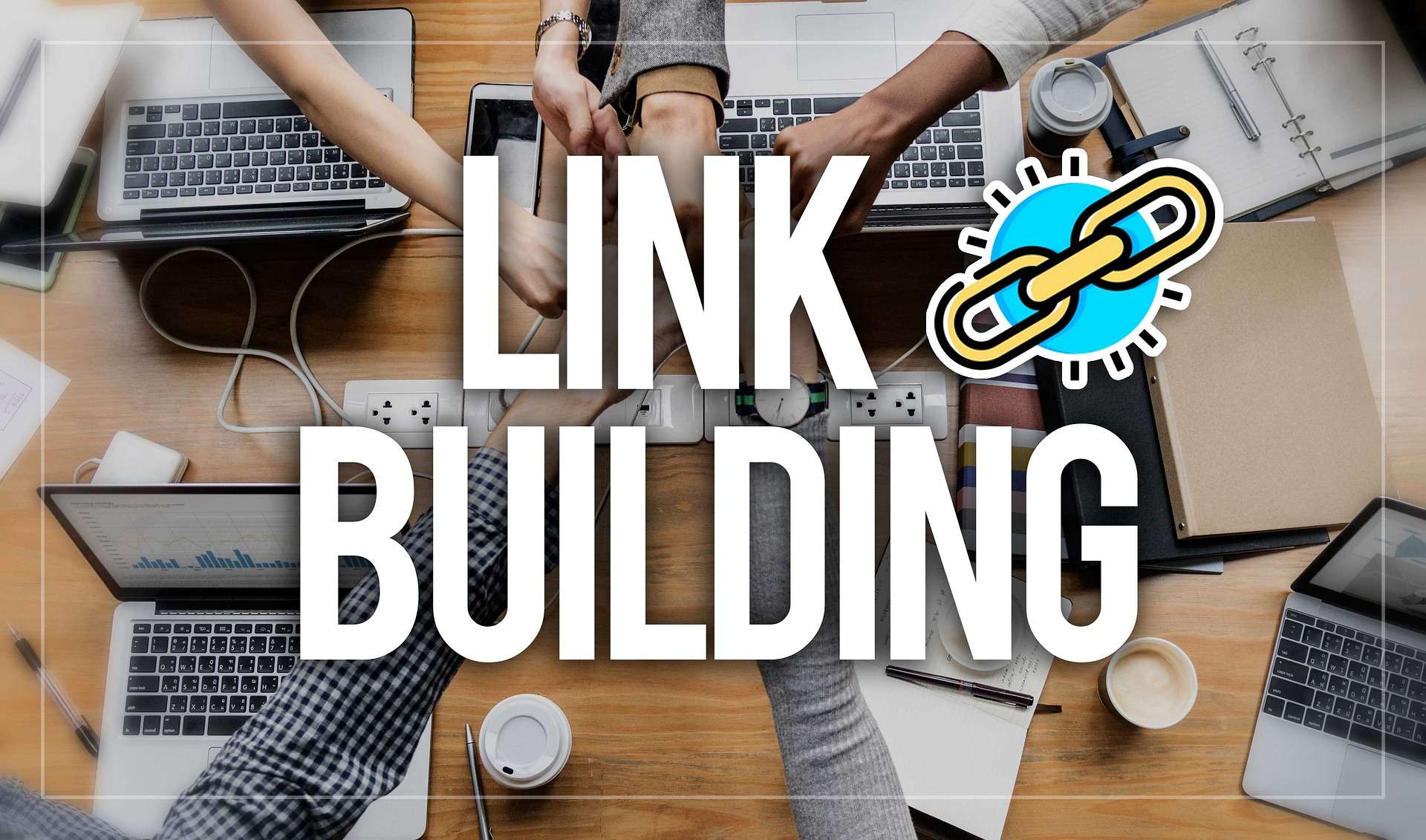A company with a clear strategy for the future can be well-prepared. In particular, it is essential to select priorities and focus on them in the game-changing digital era. Digital strategies will explore the reasons, key factors, and the right approach to defining a digital strategy for a manufacturing company to establish a holistic digital system.
‘Digitalization,’ a hot topic in the manufacturing field
The topic of ‘digital transformation has been a big topic in the manufacturing industry in recent years. However, technology for process improvement has always existed, and thanks to that technology, the factory floor can be transformed into a giant digital device. But now, manufacturers face another challenge. The pandemic and unprecedented pressures to cut costs and improve quality have led them to turn to digitization, which offers opportunities for rapid recovery, robust growth, and dramatic productivity gains like an SEO company

Digital strategy, why you need it
Different companies have different levels of understanding of digitalization. This may be because most manufacturers understand digitization only by applying discrete technologies such as IoT, AI, and ML. You might think that using some or all of these technologies together in a factory is digitization, but becoming an entirely digitized manufacturing company requires more than just adopting a set of technologies.
An average of 70% of digitization projects fail because of the gap between planning and implementation. Of the $1.3 trillion spent on digitization in 2019, it is estimated that $900 billion was wasted. Therefore, organizations looking to embark on a digital journey need a solid roadmap to set the direction for digitization.
The critical steps to successful digitization are envisioning your digital future, defining your goals, and executing your strategy. This is followed by evaluating execution options, building a proof-of-value tool, and finding partners to accompany the digital journey. In short, it can be summarized as ‘strategy,’ ‘execution,’ and ‘sustainability.’ The most important of these is digital strategy, which most experts see as the first gateway to their digital journey.
In addition to bridging critical gaps, a digital strategy enables organizations to take the proper steps, review the correct data, and implement effective technologies to support business decisions.
Many companies see digital strategy as a means of transforming their business,
streamlining processes, and leveraging technology to improve engagement with customers and employees
while achieving a superior customer experience.
However, it can be very costly if not properly planned.
The biggest obstacle to digitization success is the lack of a digitization strategy.
– Bimal Puri, Vice President, and CIO, SRF Technical Textiles
The challenges of building a digital strategy
Defining a digital strategy is one of the most critical and challenging stages of the digital journey. Unfortunately, several studies show that only 23% of manufacturing companies have a clearly defined plan across the enterprise. Conversely, many companies have started their digitization journey but are not seeing results. The main challenges faced by the digital journey are:
Initially, these five difficulties are controllable, and if resolved systematically, there will be no further difficulties.
A three-step approach to defining a digital strategy
The foundation of digital strategy design is to have a digital vision. This is because the digital concept clearly defines the company’s direction. Once you have a clear idea, you can build a strategy to get you there. Then, considering the characteristics of a digital system, focusing and standardized actions lead to establishing an optimal digital strategy. The three steps to defining a holistic digital approach are:
Step 1 Identify the core competitiveness of your business.
The first step is to ensure that it is strategically aligned with its vision and core objectives. Next, manufacturers must identify remedial actions to achieve their mission and build a digital strategy. If a company’s vision and mission are to provide sustainable and affordable products, sustainability and product competitiveness are fundamental to the digital journey. Building a digital strategy that doesn’t align with your business goals can lead to very different results than expected.
Step 2 Selective evaluation of specific areas
Once the core business competitiveness is identified, it is necessary to conduct a selective assessment of specific areas within the business unit and determine how far its current digital maturity is compared to its best-in-class counterparts. A closer look inside and out of the maturity of digital competitiveness, challenges across the value chain, customer expectations, and relevant legal and innovative technological changes affecting the industry will clarify which factors to consider in terms of evolution.
A holistic review across processes, systems, and institutions reveals gaps in crucial business processes, interdependencies, asset intelligence, flexibility around new technology adoption, and current capabilities. Once these assessments have identified gaps, digital programs should be developed through similar use cases or solution workshops. At this stage, manufacturers have a clearer picture of the scope of digitization and what actions are needed.
Implementing strategy-driven digitization in the production sector
involves capturing real-time data to establish critical, predictive-based approaches for manufacturing systems
. This catches quality and process errors early on and helps avoid unexpected operations and reduce costs.
– Ravinder Sharma, CEO, Nippon Electricals, India
4W1H Definition of a 3-Step Digital Strategy
Digital intervention actions identified in the evaluation phase are explicitly defined before being incorporated as part of the digital roadmap. The key components that fully define a digital strategy are:
- The use case definition.
- The technology stack.
- The detailed business case.
- The scope of implementation.
- The method of execution.
- The milestones.
For any use case that falls within the scope, it is essential to identify the key digital technologies relevant to the business.
When selecting a technology, it is necessary to consider the impact after the introduction and the possibility of maximizing the return on investment. In addition, a good balance must be struck between current and future requirements, as a particular technology stack does not have to apply to all identified needs.
To look at use cases from three perspectives: investment, impact, and implementation feasibility. This is the 3i analysis to define digital policy. Based on this analysis, manufacturers can accurately identify which initiatives must be in place and which are good from a strategic point of view.
While defining the implementation methodology, it is also necessary to conduct an impartial assessment of the company’s capabilities to look at the team’s capabilities to carry out digitization. Based on this competency assessment, you should identify the digital team or specialized vendor responsible for implementation. A thorough evaluation of vendors based on project requirements, delivery capabilities, and technical capabilities will help you find the right partner for you.
When planning an implementation roadmap, things to consider include anticipated risks, solution availability and expected uptime, data security, and risk mitigation plans. In most cases, the lack or inefficiency of a change management plan does not produce the desired results. The human resource component should not be overlooked in strategizing technology, processes, and systemic change. True success comes when people apply the designed digital environment.
A digital strategy requires a cultural shift, but most companies are
unprepared. This can be addressed through appropriate change management.
Another challenge is to develop
concrete and abstract business cases for decision-makers to refer to.
– Arvind Agarwal, RICOH inc. vice president
Defining Your Holistic Digital Strategy (4W1H)
Digital Strategy Building Cases
Heavy equipment manufacturing company A
Establishing a digital strategy reflecting clear performance indicators ? Establishing a corporate culture based on collaboration
Company A, a global tractor manufacturer, embarks on a digital journey to reduce the number of defective products. But it lacked insight into the correct numbers to define its success. Existing key performance indicators (KPIs) across departments were not tied to operational performance. And it has harmed how employees work, how they prioritize priorities, and how they collaborate across groups.
Hitachi Vantara defined a digital strategy with Company A and established new KPIs. It was designed to reflect operational capabilities and laid the groundwork for developing digital dashboards that provide insight into the quality and other production metrics. After implementation, the corporate culture based on collaboration has changed from making excuses when problems occur to a corporate culture of actively solving issues together. In addition, the factory staff took ownership of the product quality.
Metal manufacturing company B
Actively utilize data produced in factories ? to Enhance product competitiveness.
Company B, a major North American aluminum manufacturer, has embarked on a digital journey to remain competitive in a rapidly changing market. Although factories were generating a significant amount of data, less than 5% of this data was used to operate devices and handle customer inquiries. They also lacked insight into how to transform their business using digital solutions.
Partner Hitachi Vantara applied a digital strategy approach that involved a holistic view, and Company B utilized production data actively. As a result, it is possible to produce high-quality products through optimized production, improved safety, and increased competitiveness.
It is an era where employees, customers, partners, and the general public can easily use digital technology. As a result, companies at the core of the value chain can no longer be left behind.
Therefore, leveraging ‘anytime, anywhere available technology is
a crucial goal for a company’s digital strategy.
– Robin Joy, Vice President, and CIO, VGuard Industries
A clearly defined digital strategy avoids the controversies posed by a siled approach, the impact of delays in digital adoption, and the ambiguity associated with R OI. As a result, not only will you be able to achieve your business goals, but you will also be able to establish a digital strategy that will give you the right direction to achieve your corporate goals. Hitachi Vantara and Hyosung Information Systems are digital partners of major manufacturing companies, providing strategic digitalization roadmaps with strengths in IT, OT, and practical experience.
DX, the backbone of connecting the present and the future
The traditional conference ‘CIO Summit 2021’ hosted by the electronic newspaper met with customers through an online forum in March with the theme of ‘Pandemic, Innovate DX Strategy!’. In the Hyosung Information System, Senior Consultant Park Seung-Gyu appeared at the opening session under the theme of ‘The Next Normal, DX Connecting the Present and the Future.
The key to digital transformation is finding new technologies and changes. We are facing a pace of change that we have never experienced before, which is ‘continuously’ causing confusion in the market and industry. And to respond quickly and consistently to industry-disrupting change, companies must increase their agility.
Consultant Park Seung-Gyu summarized the process of digital expansion to realize ‘successful digital transformation (DX)’ into three questions. First, it is ‘digital innovation, why/what/how to do it.
Digital Transformation, Why?
First, ‘Digital innovation, why’ was explained by dividing it into two areas: activation of digital experience and improvement of operational efficiency.
Most companies start their digital transformation journey by focusing on customer experience initiatives. By providing new digital services to customers, you can give a more personalized digital experience and added value, and as a result, businesses can generate the highest profits.
When it comes to improving operational efficiencies, he said, today’s companies must anticipate even the unpredictable market demand and quickly adjust their processes and systems. In addition, companies already have process-intensive and data-rich data. Thus, by combining data through AI and machine learning and transforming business operations of enterprises into innovative forms, insights into digital transformation can be derived.
Digital Transformation: What to do
Regarding the second question, ‘Digital innovation, what should we do?’, he emphasized the need to achieve two things: modernization of the digital core and transformation into a data-centric organization.
Modernizing the digital core, i.e., the platform or application, is tied to the strategy of the IT operating model. Businesses need to develop hybrid cloud strategies, harden their IT networks, and develop modern architectures. The key to corporate change begins with changes across applications.
Transforming the culture into a data-driven organization should entail seven methods. Specifically, it is an enterprise data strategy, building a data-centric culture, implementing an AI-first approach, connecting from the edge to the cloud, developing data ops capabilities, shortening the development cycle, and self-service capabilities.
Once a strategy for why and what to do digital transformation is established, companies can accelerate digital transformation based on this.
Through its Lumada portfolio and HCI solution UCP, Hyosung Information System actively helps companies modernize their digital core and transform into a data-centric organization. In addition, through the DX Center, where you can see and experience everything related to digital transformation, you are accelerating customer support for digital innovation.
“To enable digital experiences (different from before) and improve operational efficiencies as an infrastructure for Industry 4.0, we need to ‘modernize our digital core’ and ‘transform to a data-driven organization'”









